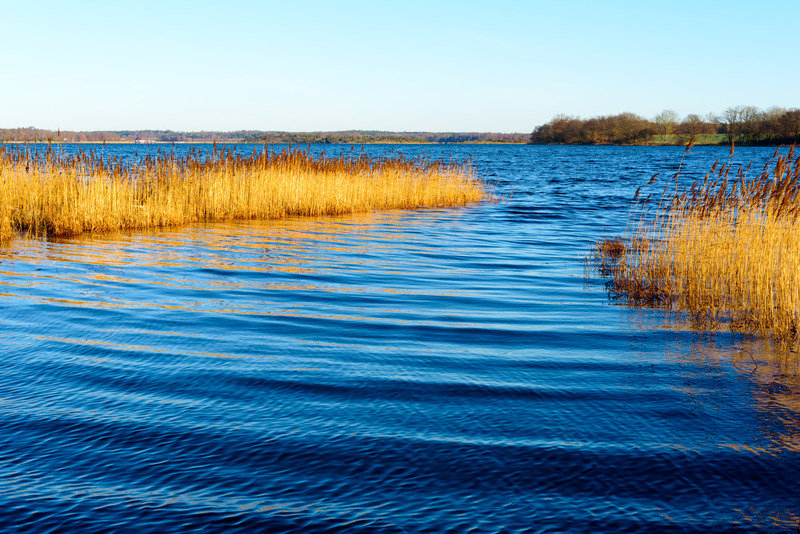Illinois rivers, lakes and groundwater have become unsafe for humans and wildlife. One organization has started the New Year with a “Clean Water Forever” campaign to spur improvements.
An Illinois Environmental Protection Agency report in 2022 found 40% of streams in the state are too polluted to support aquatic life, 85% of the streams aren’t safe for swimming or direct human contact, and 100% are too polluted to support fish consumption.
Robert Hirshfeld, director of water policy for the Prairie Rivers Network, said although corn and soybeans drive the state’s agricultural industry, these crops also contribute to its water contamination.
“Agricultural pollution with fertilizer runoff creates what’s called nutrient pollution – nitrogen, phosphorus, nitrates in the water,” he said. “The other thing we have is legacy pollution from fossil fuels.”
He explained the Clean Water Forever campaign has four objectives: to address Illinois water quality and the long-term viability of its water supply, improve the disparities in water cost and quality for marginalized communities, and protect the public’s right to access and enjoy public waters.
Last year, a controversial U.S. Supreme Court ruling removed federal protections from wetlands, which can leave them exposed to pollution and damage from agriculture and other industries. Hirschfeld said he thinks this ruling has restricted Illinoisans’ rights to public waters for recreation and other uses, and said it’s now up to the state.
“It’s imperative that the state step up and pass state law to protect wetlands in Illinois,” he stressed. “Wetlands are critical for wildlife habitat; they’re critical for filtering pollution and for reducing floods.”
Hirschfeld said his group wants to see state legislators hold industries accountable for their water pollution, as well as better self-regulation from the industries themselves. He noted that the Clean Water Act has helped improve pollution at the federal level, but little has been done to prevent pollution from agriculture.
Terri Dee reporting








